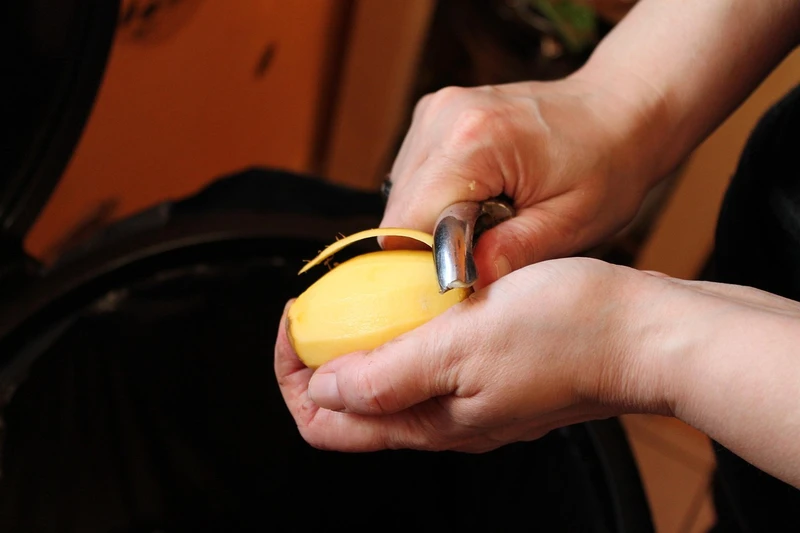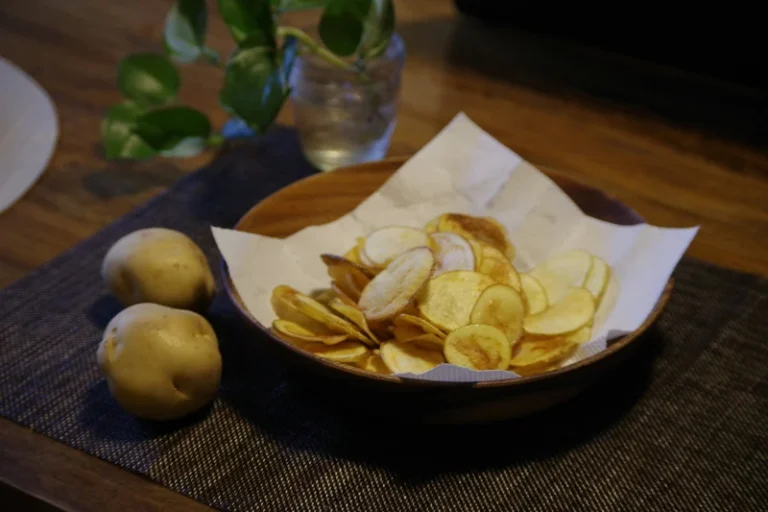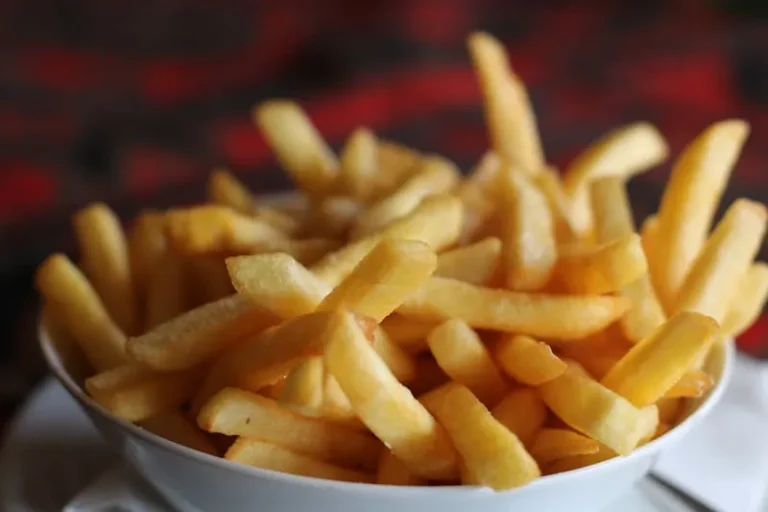
Key Highlights:
- Scientists from Russia, France, Brazil and China convert potato peel waste into clean fuel.
- The process uses torrefaction with olivine sand to produce coal like biofuel.
- The biofuel’s energy value nearly equals that of brown coal.
- Side products can be used for making biodegradable plastics and medicines.
- Technology can make potato processing plants nearly zero waste.
Potato peelings, once considered waste byproduct of food industry, may soon power factories and heat homes. Scientists from Tambov State Technical University, in collaboration with researchers from France, Brazil and China, have developed method to convert discarded potato peelings into a high energy biofuel. This breakthrough could reduce industrial waste and provide a sustainable alternative to traditional coal.
The research team focused on solving a growing problem for potato processing plants, what to do with tons of peel waste generated during the production of fries and chips. Typically, these peelings make up 15% to 40% of a potato’s total mass and are sent for composting or livestock feed. The new study demonstrates that they can instead be transformed into valuable energy resource through a process known as torrefaction.
Torrefaction involves heating biomass in oxygen free conditions. Rather than burning, the material gradually dries and darkens, becoming more energy dense. The team’s unique approach uses overheated water vapor flowing through a fluidized bed of olivine sand, natural mineral known for its high melting point and durability. Olivine distributes heat evenly and prevents the material from clumping, while also acting as a catalyst to break down tar and resins.
Tests at temperatures between 200°C and 300°C showed promising results. When torrefied for 30 minutes at 300°C, the potato peel fuel reached a calorific value of 27.9 megajoules per kilogram, nearly matching that of brown coal, which averages 28 MJ/kg. Even at lower temperatures, process retained about 90% of this energy, making it practical for industrial use while minimizing material loss.
Beyond solid fuel, the process also produced chemical byproducts such as furfural and 5 hydroxymethyl furfural, both important for making biodegradable plastics, solvents and pharmaceuticals. Their highest concentration occurred at 250°C, indicating the potential for a combined process that yields both fuel and high value chemicals.
Analysis of the resulting ash showed low risk of clogging industrial boilers, as increased sodium and potassium oxides reduce caking during combustion. This makes the fuel safe for large scale energy systems.
The innovation offers an efficient and sustainable solution for food manufacturers. By reusing steam from potato processing for torrefaction and then using the resulting fuel to generate heat or electricity, factories could close loop on waste, transforming a once discarded byproduct into a renewable energy source. If implemented widely, the technology could significantly cut waste and carbon emissions from the global potato industry.
Source: Global Energyprize
Image credit: Pixabay by kalhh
Follow us to receive updates🔔



